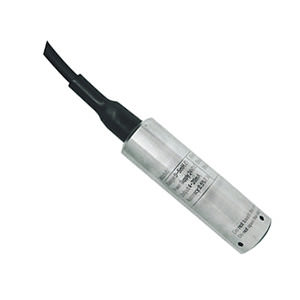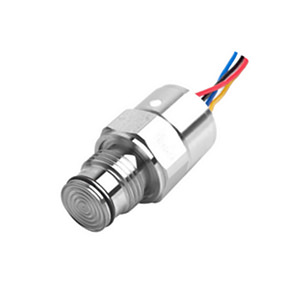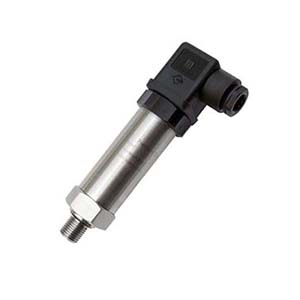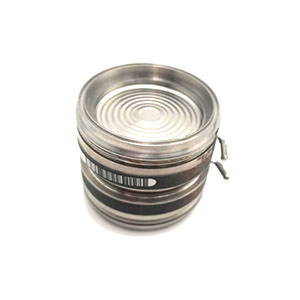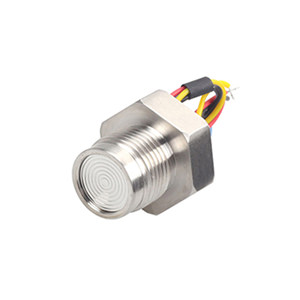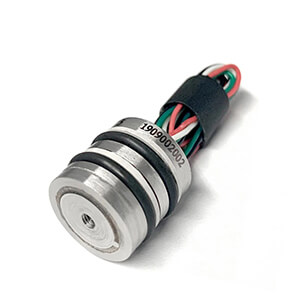In industrial and commercial applications, pressure ranks only second to temperature as the most common process measurement. In fact, knowing the pressure often plays an important role in our daily life. Among the many kinds of pressure measurement devices, including sensors, transmitters and transducers, pressure gauges are meant to be a local display that measure and display pressure in the simplest and most direct way.
What’s pressure?
Pressure is the amount of force acting per unit area. As to the units of pressure measurements, PSI ( pounds per square inch), bar and other units of measure such as kg/cm2, inH2O, mmHg, Pa are common to see.
There are also different types of pressure to consider. The type of pressure refers to the zero reference point of a measurement. For example: pressure falls into several types according to the zero reference point, involving:
- Gauge pressure:The pressure gauge is referenced against atmospheric pressure.
- Absolute pressure:The pressure gauge is referenced against a perfect vacuum. It is equal to gauge pressure plus atmospheric pressure.
- Differential pressure:The pressure gauge contains two process connections to measure the difference between two pressures.
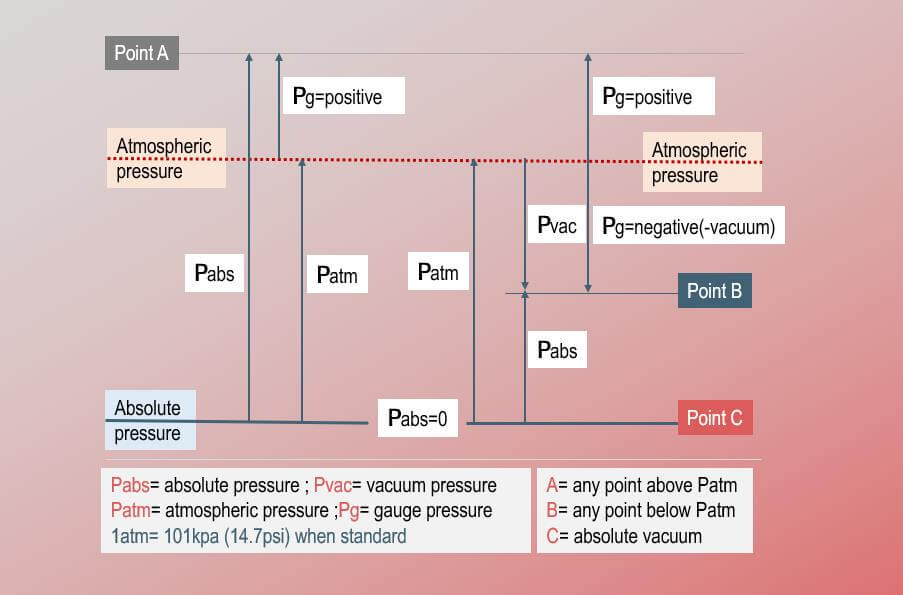
Pressure Gauge Technology
To select the best pressure gauge for a particular application, one must be aware of the differences. Generally speaking, there are two types of pressure gauges, analog gauges and digital ones, which use different technology and excel under different conditions.
Analog Gauges
Analog pressure gauges use a needle that points to a number on a scale corresponding to the pressure sensed by the measuring element. They are widely used for its high accuracy, low cost and little maintenance.
Most analog gauges rely either on the principle of Bourdon Tube or Bellows:
Bourdon Tube
Bourdon tubes pressure gauges, classified as mechanical pressure measuring instruments, are the most widely-used analog gauges. A curved tube is used which tends to straighten out when subjected to pressure, and the tube is connected to a pointing device so that subtle movements due to pressure fluctuations are indicated on pressure calibrated scale on the dial.

Bourdon tube pressure gauges are available at low price and work well for most applications. In addition, the simple construction makes them easy to use and the high accuracy of up to ±0.1% makes them suitable for precision measurements.
Bourdon tube pressure gauges are not perfect, of course, and they have their limitations, such as sensitivity for shocks and vibration, and slower responding. So they are not ideal option for applications involving rapid pressure fluctuations, thanks to Eastsensor advanced and fine tune design, to a large extent, ESG502 Shock Resistance Pressure Gauge can do a better job, with damp oil filled inside, the buffer has excellent shock resistance ability. It is well suited for measuring those medium which has strong pulsation or pressure concussion or service medium which disappear suddenly in the manufacture, or for the situation which shock fiercely.
Bourdon tubes cannot make absolute pressure measurements nor are they particularly adept at high precision measurements.
Bellows
Bellows gauges are used when measuring pressure ranges below what is ideal for Bourdon tube gauges. Bellows gauges contain an elastic element that radially expands and contracts to respond to pressure changes. The internal bellows is connected to a pointing device so that pressure-fluctuation-caused subtle movements are indicated on pressure calibrated scale on the dial.

Bellows gauges do better in low pressure applications with high accuracy and sensitivity for precise measurement. Additionally, bellows gauges are rugged and reliable with low hysteresis and creep.
What’s more, analog gauges often feature temperature compensation for greater accuracy, liquid fill to dampen movement of the pointer, multiple dial sizes to improve visibility and space requirements.
Digital Gauges
Digital pressure gauges use advanced sensors and microprocessors to display highly accurate pressure readings on a digital indicator. Despite of its higher prices, digital gauge is attractive for many applications.
Providing high resolutions, digital gauges make it quick and easy to read results, and are ideal for low pressures or small incremental pressure changes. Besides, digital pressure gauges are more reliable as fewer moving parts are used. Comparing with analog gauges, digital gauges are simpler to operate; they can be programmed for multiple pressure units and can send results to a computer or other instrument for storage or analysis.
Most digital pressure gauges rely on one of two measurement technologies:
Strain gauge
Strain gauge sensors rely on the piezoresistive effect which describes changes in the electrical resistivity of a semiconductor or metal when mechanical strain (pressure) is applied. This technology consists of a diaphragm with patterned metallic strain gauge embedded into it. Increasing pressure causes the diaphragm, and subsequently, the gauge to deform which effects it’s resistivity. That change is measured and converted into an electrical signal proportional to the pressure.
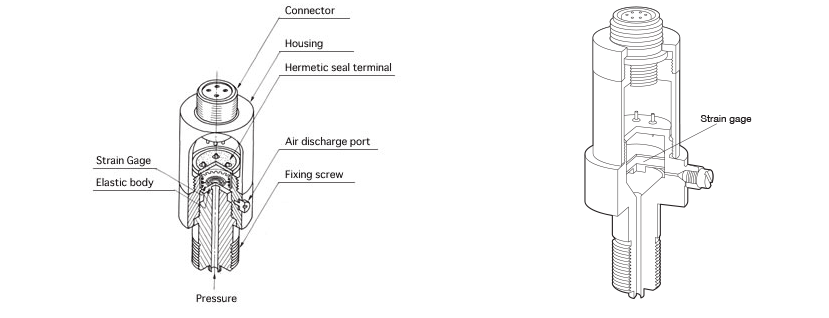
Piezoelectric
Piezoelectric sensors rely on the piezoelectric effect in certain materials such as quartz to measure the strain upon the sensing mechanism due to pressure. As pressure is applied a charge develops across the sensor in proportion to the force.
Things to Consider When Selecting a Pressure Gauge
The pressure type and range
Determine if you need to measure gauge pressure (relative to atmospheric), absolute pressure (relative to a full vacuum), or differential pressure (between two points). Identify the minimum and maximum pressure values to be measured.
Decide if you need a traditional analog gauge with a dial and pointer, or a digital gauge with a numerical display. Digital gauges often offer additional features like data logging, alarms, and communication capabilities.
Specify the desired accuracy level, typically expressed as a percentage of the full-scale reading. Higher accuracy is required for critical applications, while lower accuracy may be acceptable for general monitoring.
Preferred measurement unit/units
Choose the appropriate unit(s) for displaying pressure, such as psi, bar, kPa, or others, based on your industry standards or personal preference.
Required process connection
Identify the appropriate connection type (threaded, flanged, etc.) and size to interface with your existing piping or system. Ensure compatibility with the pressure gauge’s design.
Material compatibility or chemical resistance
Select a gauge with wetted materials (parts in contact with the measured media) that are compatible with the fluid or gas being measured. Certain media can corrode or degrade specific materials.
Temperature range
Verify that the gauge’s operating temperature range aligns with the expected ambient and process temperatures in your application. Temperature extremes can affect accuracy and performance.
Burst pressure
Consider the gauge’s burst pressure rating, which indicates the maximum pressure it can withstand without rupturing or causing a safety hazard. This rating should exceed the maximum expected pressure in your system.
Dial size
Choose a dial size that is easily readable from the intended viewing distance and environment. Larger dials may be preferred for improved readability in certain applications.
Additional Posts which may be of interest
- How to select Pressure Gauge?
- Pressure Switch V.S Pressure Transducer, what’s the difference?
- What is The Difference between Pressure Transducer and Pressure Transmitter?
- Pressure Sensor Technology Comparison
- 10 practices need to considerate before choosing pressure transducer
- What’s the role of smart sensors in Industry 4.0?
- How sensor has been rocking our world?

